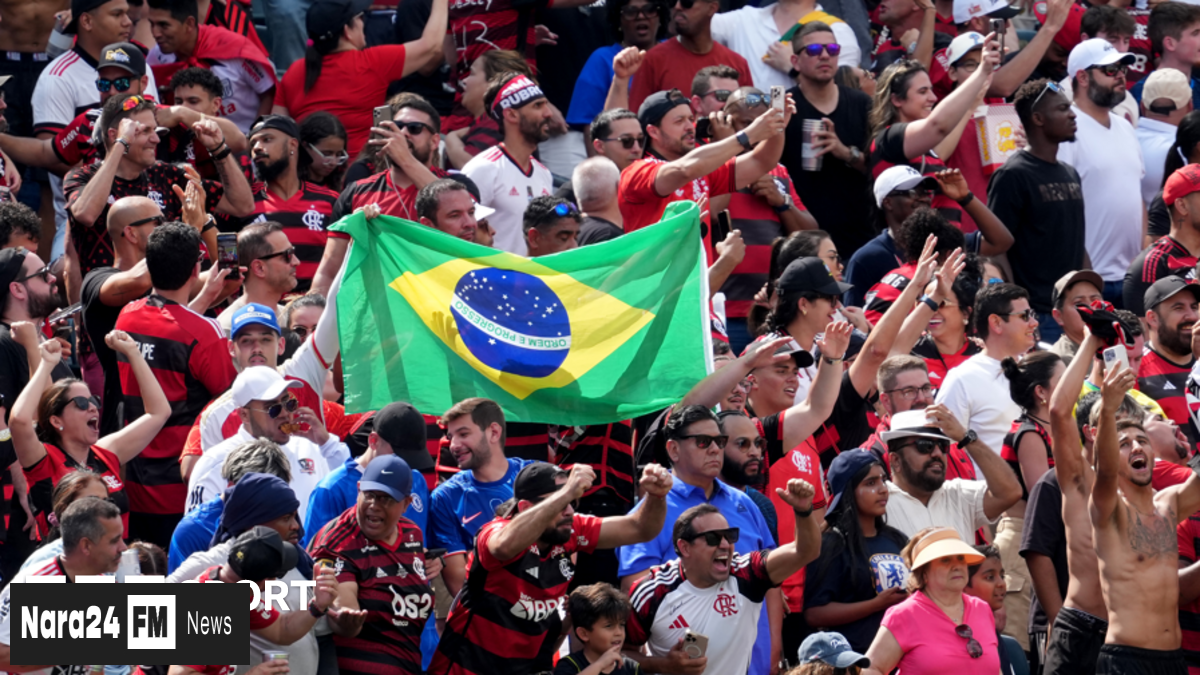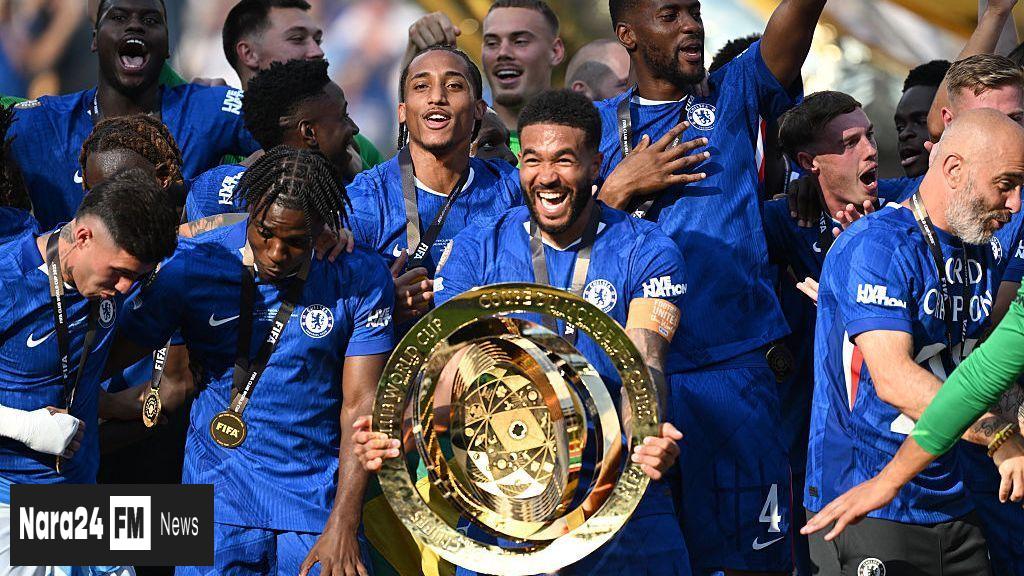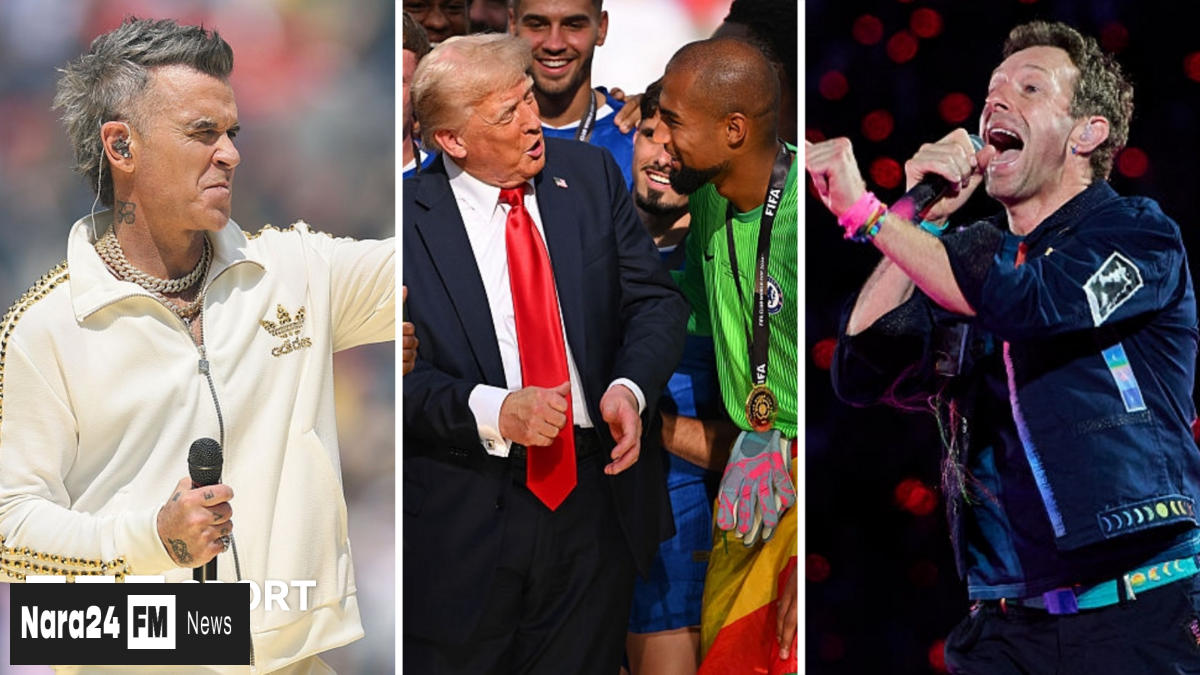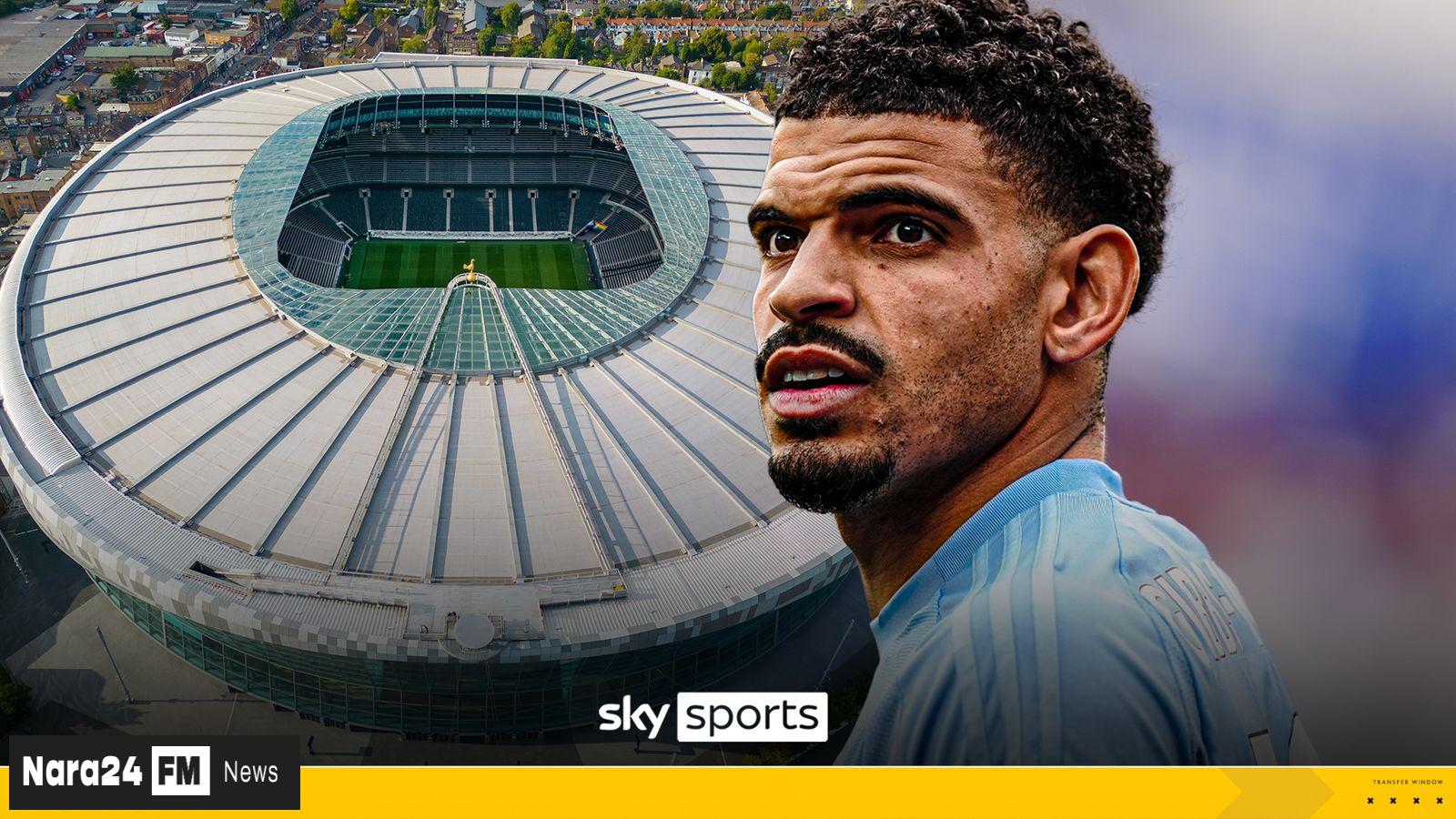In This Article
- Brazilian Clubs Dominate Club World Cup
- Impressive Results on the Global Stage
- Factors Driving Brazilian Success
- Rising Standards in Brazilian Football
- What This Means for the 2026 World Cup
Key Takeaways
- All four Brazilian clubs—Botafogo, Flamengo, Fluminense, and Palmeiras—have advanced to the last-16 stage of the FIFA Club World Cup.
- The success of Brazilian clubs is attributed to their peak condition due to the tournament's timing with the domestic season and familiarity with the U.S. climate.
- Increased financial investment and the influx of foreign coaches have raised the standard of Brazilian football.
- The strong performance of Brazilian clubs at the Club World Cup may indicate their potential to reclaim global football dominance ahead of the 2026 World Cup.
- Brazilian clubs' victories have sparked excitement and enthusiasm among fans, with impressive results against top European teams.
Brazilian Clubs Dominate Club World Cup
Brazilian football clubs are stealing the spotlight at this year’s FIFA Club World Cup, with all four representatives—Botafogo, Flamengo, Fluminense, and Palmeiras—progressing to the last-16 stage. This remarkable performance has fans and analysts alike wondering what’s fueling their success and whether a Brazilian team can claim the title for the first time since 2012.
Impressive Results on the Global Stage
Botafogo stunned newly-crowned European champions Paris Saint-Germain, while Flamengo staged a dramatic comeback to defeat Chelsea 3-1. Fluminense and Palmeiras also held their own against formidable opponents Borussia Dortmund and Porto, respectively. These victories have sparked excitement across Brazil, with fans eagerly following the tournament despite late-night kick-off times in the United States.
“This Club World Cup is a dream come true for Brazil fans,” said South American football expert Tim Vickery. “Everywhere you go, people are talking about it. The enthusiasm is palpable.”
Factors Driving Brazilian Success
Several elements are contributing to the strong showing by Brazilian clubs. First, the timing of the tournament aligns perfectly with Brazil’s domestic season, which runs from March to December. This means the teams are in peak condition, unlike their European counterparts, who are either wrapping up or just beginning their seasons.
“This tournament is a priority for Brazilian clubs,” Vickery explained. “They’ve planned meticulously to be at their best right now.”
Another advantage is the climate. The extreme heat in the U.S. has posed challenges for many teams, but Brazilian players are accustomed to such conditions. “We’re used to it,” said Botafogo’s Vitinho. “I hope it works in our favor.”
Rising Standards in Brazilian Football
The influx of foreign coaches and increased financial investment in Brazilian football have also played a significant role. Clubs like Flamengo and Palmeiras have benefited from strategic signings, such as Jorginho and Danilo, who bring international experience to the squad.
“The standard of Brazilian football has risen over the last few seasons,” Vickery noted. “There’s more money, better coaching, and a willingness to embrace new ideas.”
What This Means for the 2026 World Cup
With the 2026 World Cup set to be hosted in the U.S., Canada, and Mexico, the strong performance of Brazilian clubs raises questions about the national team’s prospects. Could this be a sign that Brazil is poised to reclaim its status as a global football powerhouse?
“This motivates Brazilian teams immensely,” said sports journalist Renata Mendonca. “They want to show the world that they’re among the best.”
As the Club World Cup progresses, all eyes will be on Brazil’s remaining teams. Whether they can secure the title remains to be seen, but their current form suggests they’re serious contenders.








Comments (0)
Leave a Comment
Be the first to comment on this article!